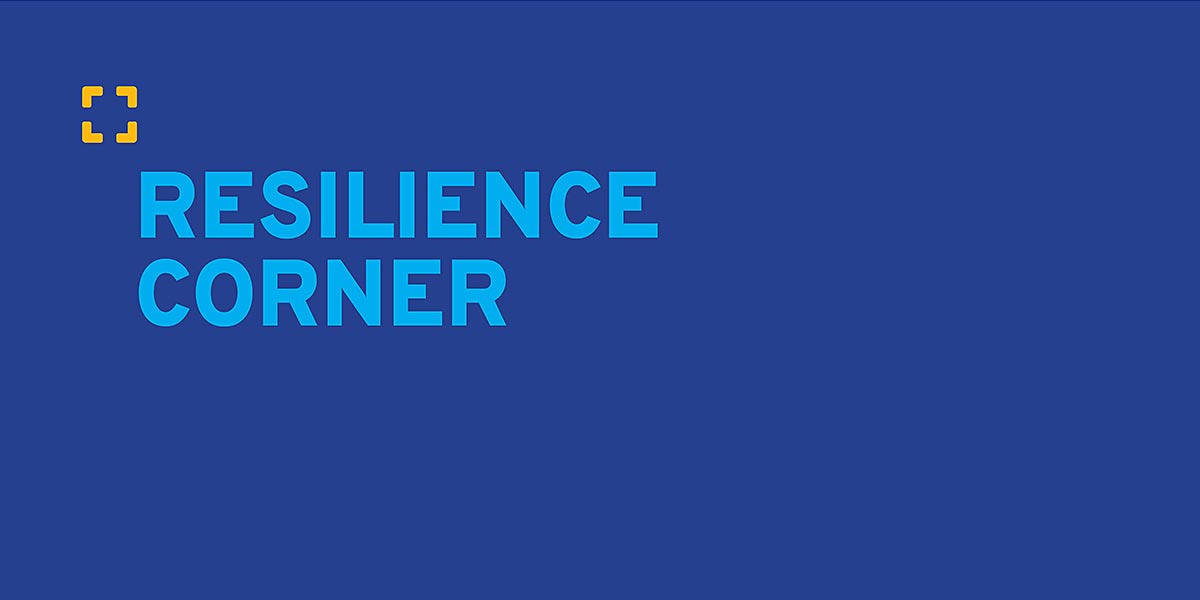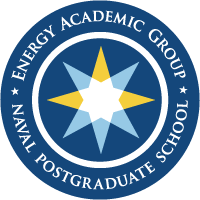RESILIENCE CORNER: A ‘Resilience-as-a-Verb’ Perspective on COVID-19 - Energy Academic Group

RESILIENCE CORNER: A ‘Resilience-as-a-Verb’ Perspective on COVID-19
By Dan Eisenberg, PhD, Department of Operations Research, NPS
RESILIENCE IS A “NEW” TERM creeping into military directives, but what does it mean and how do we use it to guide decisions? In previous Resilience Corners, we described the ‘resilience-as-a-verb’ perspective as one way to assess resilience. This perspective focuses less on what your Service has and focuses more on what people do when faced with stressful events. It emphasizes the assessment of the processes that enable resilience, i.e., sensing, anticipating, adapting, and learning (SAAL). (See the Winter 2020 issue of Surge for a more detailed explanation of SAAL.)
However, the ‘resilience-as-a-verb’ perspective stretches far beyond military operations and can inform the current COVID-19 epidemic. A recent article written by resilience experts from the Naval Postgraduate School, the Ohio State University, and Arizona State University demonstrates how the SAAL framework provides a baseline for the capabilities necessary for society to return safely back to work.
Woods et al. (2020) poses a series of four questions—each related to a different SAAL process—that must be answered to safely return to work. The questions are:
Sensing
Can we test/track/isolate new cases that emerge and become new hotspots?
Anticipating
Can we meet all non-COVID-19 patient health needs while sustaining the ability to ramp up care capacity to provide treatments for all those seriously ill from new COVID-19 infections?
Adapting
Can we provide safe and effective treatments to promote recovery and reduce risks for patients seriously ill from COVID-19?
Learning
Have we created the ability to assess immunity and build immunity in the population through antibody testing and vaccines?
Answers to these questions help us assess how well society will be posed to adapt in a future with COVID-19. If sensing processes to test, track, and isolate new cases are unavailable, we will remain reliant on blunt policies for social distancing that affect large populations, rather than targeted policies to manage future outbreaks. If anticipating processes to preposition and surge medical resources are unavailable, we will remain vulnerable as COVID-19 related infections overwhelm limited resources at medical facilities. If adapting processes to develop and quickly implement new remedies are unavailable, we will be unable to produce effective treatments to the virus. If learning processes to assess and build immunity are unavailable, we will not be able to adapt to virus changes over time. Together, if any of the SAAL processes are unavailable, then society will be less capable to adapt to the next virus that disrupts our lives.
LEARN MORE
Email Dan Eisenberg at daniel.eisenberg@nps.edu or call 831-656-2358
Notes
Woods, David D., Seager, Thomas P., and Alderson, David L. “When Can We Move Forward from COVID-19? When Four Capabilities Are in Action.”. Zenodo, April 10, 2020. doi: http://doi.org/10.5281/zenodo.3748052
Quarterly Newsletter
Surge is published quarterly by the Energy Academic Group and covers a divese range of energy-related topics. View archive

